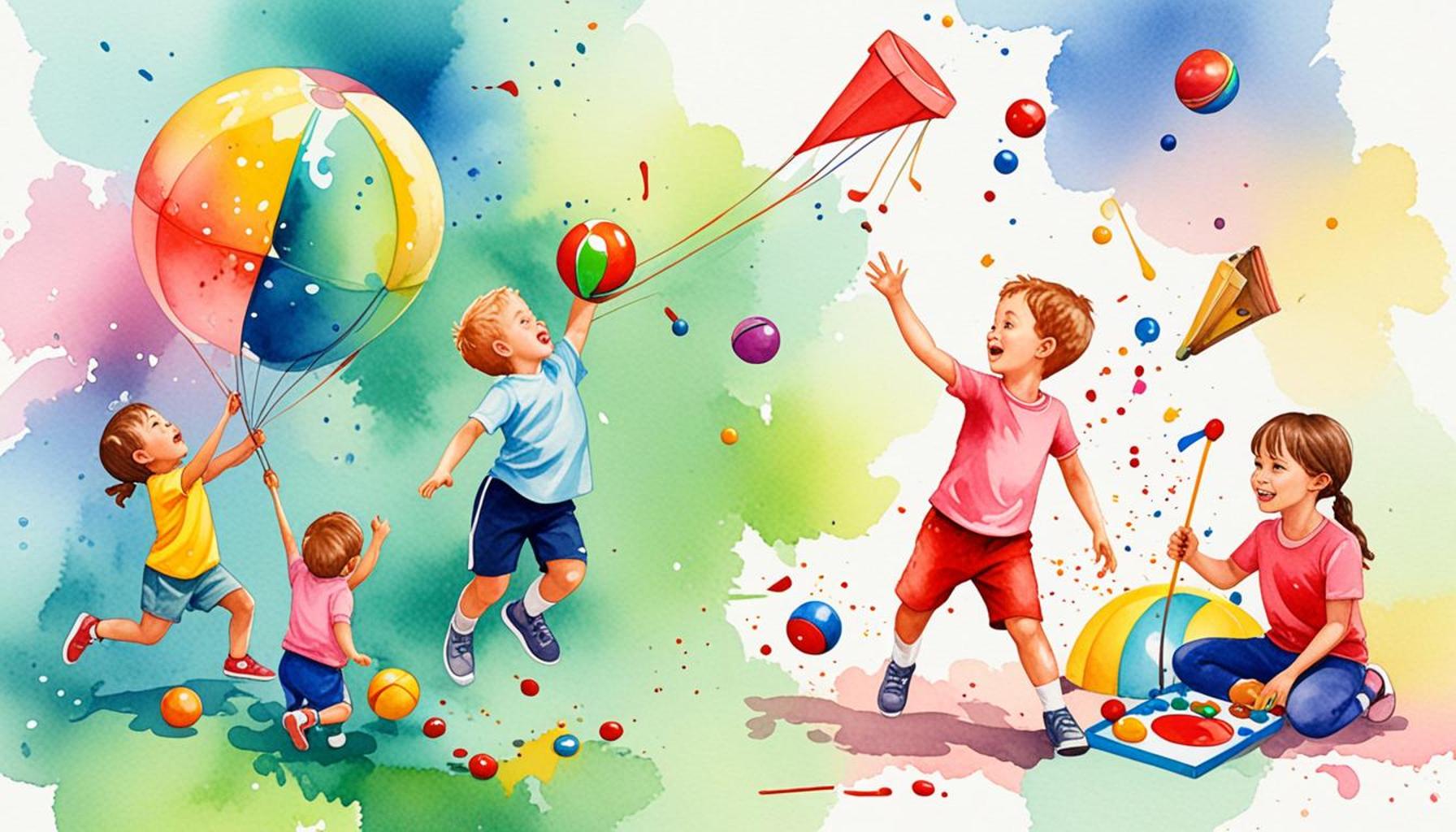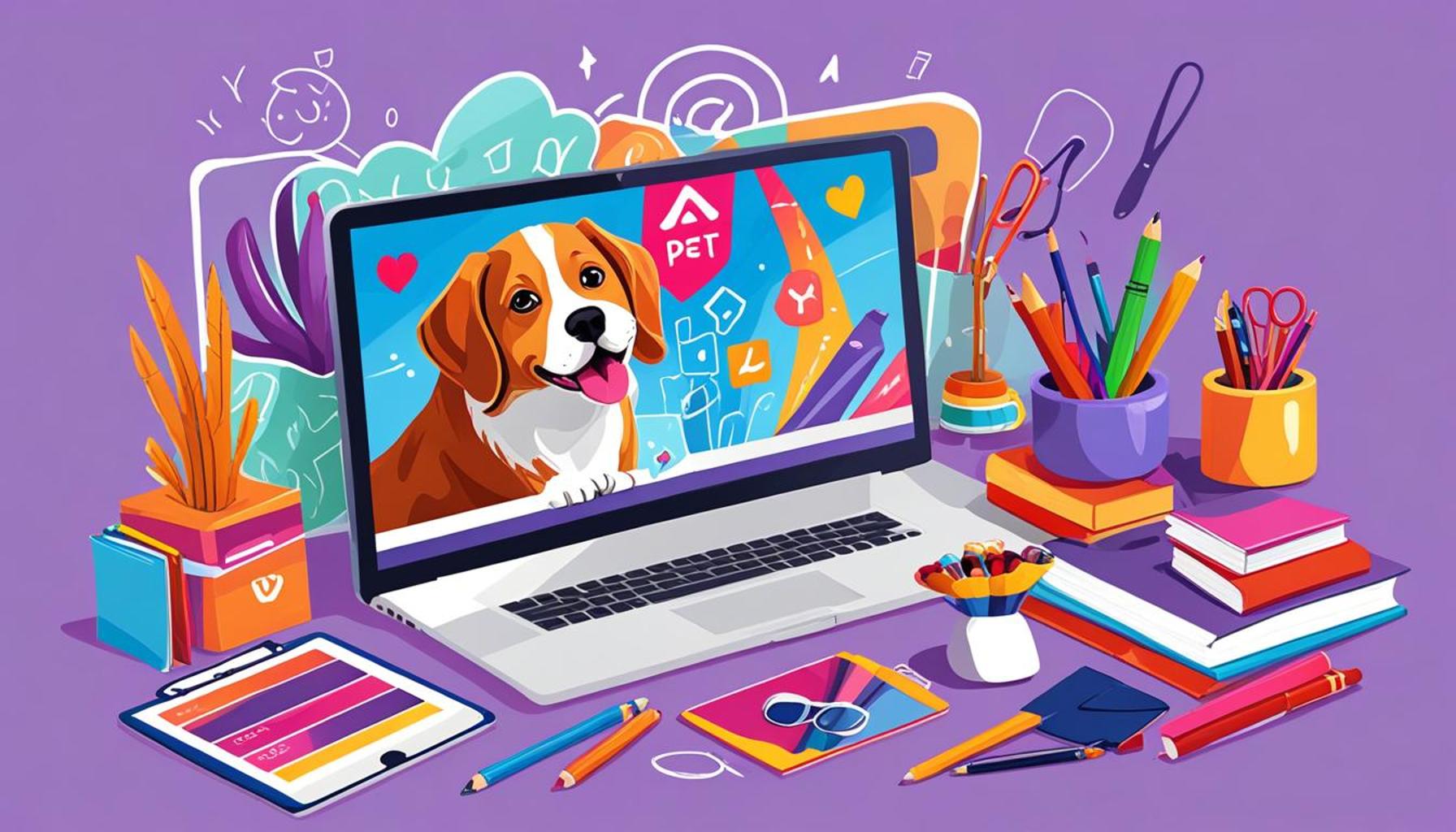Incorporating Playtime into Training Sessions: Enhancing Learning through Fun

The Transformative Role of Play in Learning Environments
Learning is often perceived as a tedious task, but it has the potential to be a dynamic and exhilarating experience. By integrating playtime into training sessions, educators and organizations are tapping into a powerful strategy that not only elevates engagement but also enhances learning outcomes significantly. This innovative approach transforms conventional training methods into interactive experiences, making the process enjoyable for all participants.
Why should training programs embrace playtime? There are numerous reasons to consider this shift:
- Boosts Engagement: Traditional training methods often fail to hold the attention of participants. By incorporating interactive games and activities, trainers can significantly increase interest and motivation. For instance, role-playing scenarios can captivate participants, encouraging them to engage fully with the material.
- Enhances Retention: The brain is wired to remember experiences that are unique and enjoyable. Fun and interactive activities create memorable moments, thereby aiding in long-term information retention. A study conducted by the University of Colorado showed that learners were able to recall information better after participating in gamified learning environments compared to standard lectures.
- Encourages Collaboration: Group games promote teamwork and strengthen communication skills. When learners work together to achieve a common goal, they develop relationships and collaboration abilities that are essential in any workplace.
In the United States, a diverse range of organizations, from innovative tech startups to established corporate giants, are recognizing the value of play in training environments. For example, companies such as Google and Microsoft have implemented gamification techniques, turning mundane training modules into vibrant challenges that not only educate but also inspire healthy competition among employees. These companies use simulations and point systems to reward progress, making the learning experience both engaging and effective.
This article will further explore creative methods to embed play into training sessions, examine proven results, and highlight real-life examples of successful implementations in various sectors. Get ready to uncover how infusing fun into learning can reshape your training approach, fostering a more dynamic and productive workplace culture.
DISCOVER MORE: Click here for valuable resources

Creative Strategies for Infusing Play into Learning
Incorporating playtime into training sessions is not merely about introducing games; it requires a thoughtful approach that aligns with educational objectives. Successful integration of play into learning involves selecting the right activities that resonate with participants while ensuring that they serve the intended learning outcomes. Here are several creative strategies that trainers can adopt to seamlessly blend fun into their training programs:
- Gamification: This involves incorporating game mechanics such as point systems, leaderboards, and rewards into the training process. For example, using a scoring system to track progress during team-building exercises can instill a sense of competition, motivating learners to strive for excellence. Companies like Deloitte utilize gamification in their training programs to enrich the participant experience and improve knowledge retention.
- Interactive Workshops: Transform static lectures into interactive workshops by using engaging activities that require active participation. Think along the lines of hands-on projects, role-playing scenarios, or simulation exercises where participants can practice skills in real-world contexts. This kind of interactive learning promotes enthusiasm and encourages participants to actively apply what they learn.
- Team-Based Challenges: Design training sessions around team-based activities that focus on problem-solving and collaboration. This can involve case studies or escape room challenges that necessitate teamwork and critical thinking. Engaging in team challenges not only cultivates essential skills but also fosters camaraderie among participants, enhancing their ability to work together after training.
- Storytelling and Improv: Incorporating storytelling techniques allows participants to relate their learning to real-world experiences. Using improvisational activities can also stimulate creativity and adaptability, which are vital traits in today’s fast-paced workplaces. By enabling trainees to express themselves creatively, trainers can enhance both engagement and retention.
The benefits of these strategies are not solely anecdotal. Research indicates that organizations that integrate fun into their learning environments report increased job satisfaction, lower turnover rates, and heightened productivity. For instance, a survey by the Society for Human Resource Management found that employees who participated in gamified training sessions showed a 25% improvement in job performance. These outcomes illustrate that when individuals enjoy the learning process, they are more likely to invest themselves fully, driving better results for both the individual and the organization.
As the landscape of workforce training continues to evolve, it becomes increasingly evident that embracing play is no longer an option but a necessity. By recognizing the importance of generating excitement and interaction through playtime, organizations can create learning experiences that are not only effective but also enjoyable, motivating employees to tap into their full potential.
| Advantage | Description |
|---|---|
| Increased Engagement | Incorporating playtime transforms training sessions into interactive experiences, making participants more engaged and attentive. |
| Enhanced Retention | Playful learning techniques have been proven to improve memory retention, allowing trainees to recall information more effectively in the long term. |
The benefits of incorporating play into training sessions highlight its potential to revolutionize traditional learning environments. The integration of play not only captivates participants but also fosters a creative atmosphere where learners feel more comfortable to express themselves. This approach can significantly enhance the training experience, making it less daunting and more enjoyable.Furthermore, evidence suggests that gamification, the use of game design elements in non-game contexts, can lead to higher levels of motivation and participation. By introducing challenges and rewards, learners are incentivized to engage more deeply with the material. This concept goes beyond simple enjoyment; it taps into our natural desire to achieve and succeed, ultimately leading to better training outcomes.As organizations continue to embrace innovative training methodologies, the shift towards a more playful approach is gaining momentum. With studies indicating that this type of learning can improve teamwork, problem-solving skills, and adaptability, many are eager to discover the various interactive methods that promote growth and understanding within their teams.
DON’T MISS OUT: Click here to discover innovative techniques
Unleashing Creativity through Playful Learning
Playtime is more than just enjoyment; it creates an environment for creative thinking, problem-solving, and collaboration. When trainers prioritize play in their sessions, they also encourage the development of an agile workforce that can thrive in dynamic work settings. Here are additional innovative approaches to reinforce the idea that learning should be both educational and fun:
- Virtual Reality (VR) Experiences: In the age of technology, virtual reality offers unparalleled opportunities for immersive learning experiences. VR simulations can transport participants to various scenarios, enhancing engagement and retention. Industries such as healthcare and construction utilize VR to provide safe training environments that allow staff to practice skills without the risk of real-life consequences. For instance, medical students can perform surgeries in virtual settings, cementing their skills before entering the operating room.
- Creative Arts and Crafts: Incorporating creative arts into training sessions can stimulate imaginative thinking. Groups can engage in art-related activities, such as painting, crafting, or even building models that relate to the training material. These activities not only encourage collaboration but also allow participants to express their understanding in unique ways. Employers like Google and Pixar have long recognized that creativity fosters innovation, which can lead to exciting ideas and solutions in the workplace.
- Physical Activities and Movement: Engaging in physical activities during training can refresh minds and break down barriers. Incorporating short bursts of exercise or movement-based challenges can revitalize participants and enhance focus. For instance, take a brain break with quick stretching exercises or team relay races that reinforce a learning concept. Research conducted by the *American Journal of Health Promotion* suggests that even brief periods of exercise can boost cognitive function and memory retention, proving beneficial for any learning environment.
- Digital Learning Games: Incorporating digital games into training provides a fun and modern twist on learning. Platforms like Kahoot! or Quizizz allow trainers to create interactive quizzes that can be completed on participants’ devices, encouraging engagement and participation. This can include trivia relevant to the training subject, promoting friendly competition while reinforcing knowledge. The immediacy of feedback from such games also fosters an atmosphere of continuous learning.
Emerging evidence supports the idea that play enriches adult learning, affirming that people of all ages benefit from interactive and enjoyable experiences. According to a study by the University of Illinois, playful learning not only increases enthusiasm but also elevates the retention rates of information acquired in training. Additionally, a report by the Association for Talent Development states that employees learn better, faster, and retain more information when their learning experiences incorporate elements of fun and play.
As organizations increasingly promote a culture of learning, the integration of playful methods not only enhances participant engagement but also positions companies at the forefront of innovation and adaptability. When trainers embrace these playful techniques, they not only impart knowledge but also facilitate the development of a motivated, resilient workforce ready to tackle the challenges of tomorrow.
DISCOVER MORE: Click here to learn effective techniques
Conclusion: Crafting Engaging Learning Experiences
Incorporating playtime into training sessions is not merely an innovative optional approach; it has proven to be a transformative strategy that enhances learning outcomes. By integrating elements of play—the use of virtual reality, creative arts, physical activities, and digital games—trainers cultivate an environment where participants are not only learners but also active contributors to their own educational journeys. This playful approach encourages creativity, promotes teamwork, and fosters a growth mindset, allowing participants to engage with the material on deeper levels.
The evidence is compelling. Studies show that such playful learning experiences lead to better retention, increased enthusiasm, and improved problem-solving skills. Companies that embrace these methods position themselves to create a motivated, adaptive workforce capable of navigating the complexities of today’s dynamic work landscape. As organizations continue to seek innovative solutions for engaging employees, the call to incorporate play into training becomes increasingly relevant.
Ultimately, training sessions infused with playtime empower individuals to explore concepts freely, experiment with new ideas, and collaborate effectively. In this era where lifelong learning is pivotal, embracing the joyful side of training not only cultivates skilled professionals but also nurtures a culture of innovation. To remain competitive and resilient, organizations must prioritize the incorporation of fun within educational frameworks—a step that promises not only to enhance learning but also to create workplaces characterized by inspiration and joy.


